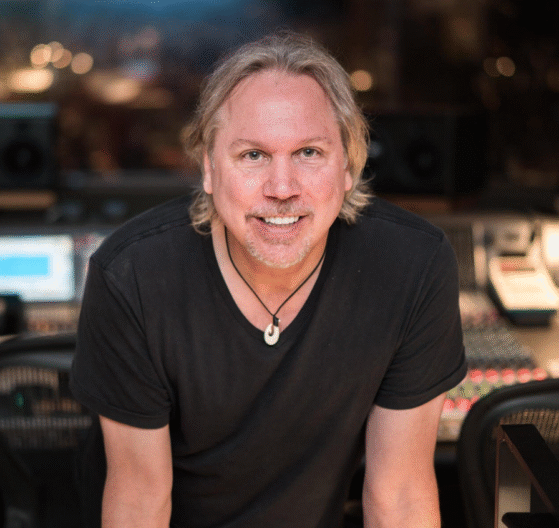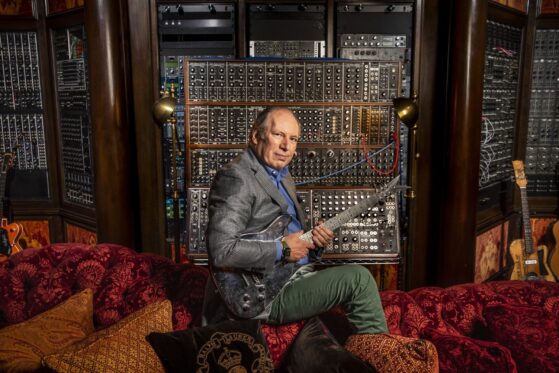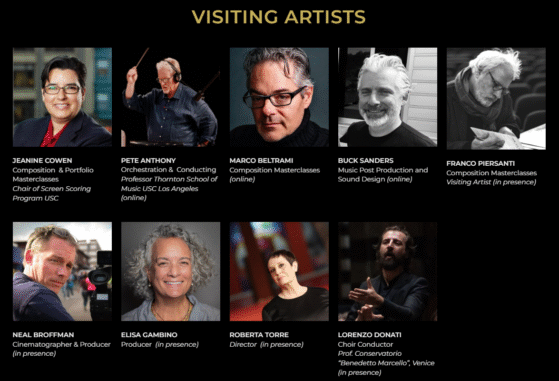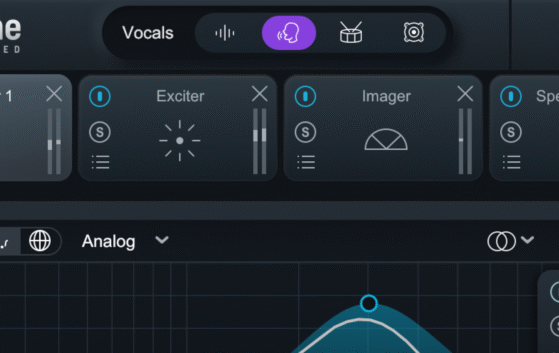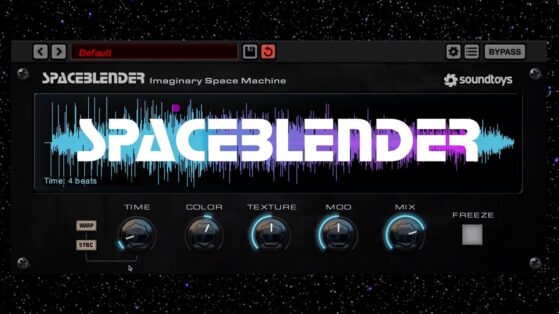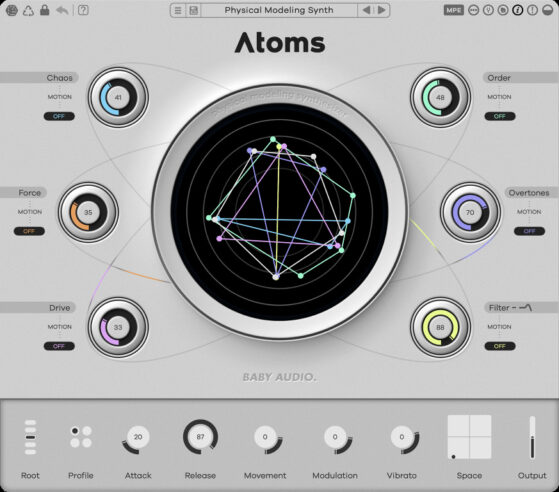
Dan Romer Reinvents the Soundtrack for Disney’s Live-Action ‘Lilo & Stitch’
Dan Romer Brings a Fresh Sound to Disney’s Live-Action ‘Lilo & Stitch’
Disney’s live-action adaptation of Lilo & Stitch, set to premiere on May 23, 2025, features a new musical score by composer Dan Romer. Known for his work on Beasts of the Southern Wild and Luca, Romer blends traditional Hawaiian melodies with contemporary orchestration to reimagine the film’s beloved soundtrack.
While retaining iconic songs like “Hawaiian Roller Coaster Ride” and Elvis Presley’s “(You’re the) Devil in Disguise,” Romer’s compositions aim to deepen the emotional resonance of the story. His approach combines ukuleles, slack-key guitars, and native percussion with modern string arrangements, creating a soundscape that honors the original film’s spirit while offering a fresh auditory experience.
The film, directed by Dean Fleischer Camp, stars Maia Kealoha as Lilo and features Chris Sanders reprising his role as the voice of Stitch. With Romer’s musical contributions, the live-action Lilo & Stitch seeks to captivate both longtime fans and new audiences, delivering a heartfelt tale underscored by a rich and evocative score.
